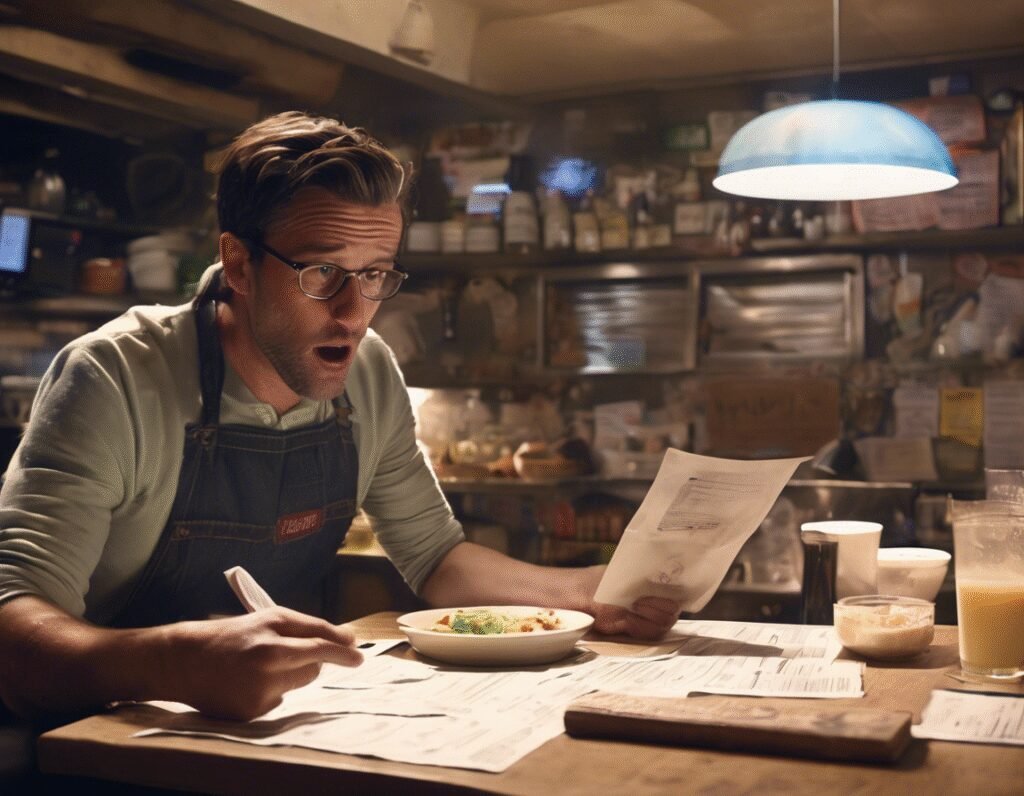The New AI Restaurant Menu: A Recipe for Chaos
If you want to know what a restaurant serves, the options used to be simple. You could check its website, glance at its social media, or, in a moment of old-fashioned clarity, just pick up the phone and ask. But in the age of artificial intelligence, a new and deeply flawed method has emerged: querying an AI chatbot.
This trend involves trusting software known for inventing facts, treating its algorithmically generated answer as absolute truth. The result is not just minor confusion but a growing wave of frustration for small business owners.
The core of the problem is that these AI systems are designed to provide an answer, any answer, even when they lack accurate data. They scour the internet, pulling from outdated menus, incorrect blog posts, and unverified reviews, then synthesize this information into a confident but often completely wrong summary. A customer might be told the restaurant serves a specific dish it has never offered, or that a long-ended promotion is still active.
This is more than a minor inconvenience. For restaurant staff, it creates a constant stream of corrective conversations. They must repeatedly explain to disappointed patrons that the AI is wrong, that they do not have that fictional seafood platter or that half-price deal from 2021. It wastes time, creates unnecessary conflict, and damages the customer experience before it even begins.
For the business itself, the damage can be more severe. An AI overview that incorrectly lists prices, misrepresents the cuisine, or invents negative health code violations can directly impact foot traffic and revenue. The owners have little to no recourse to quickly correct these automated falsehoods, leaving them at the mercy of a system they cannot control.
The situation highlights a critical flaw in our rush to adopt AI for every query. We are outsourcing basic fact-finding to systems that prioritize a speedy response over an accurate one. The convenience of asking a bot is overshadowed by the real-world consequences of its hallucinations.
The next time you crave pizza or pasta, consider going straight to the source. A restaurant’s own digital presence or a quick phone call remains the most reliable way to get a menu. Relying on an AI’s fabricated summary does not just mean you might get bad information. It means you are actively contributing to a headache for small businesses already operating on thin margins. Sometimes the old ways are still the best ways.


